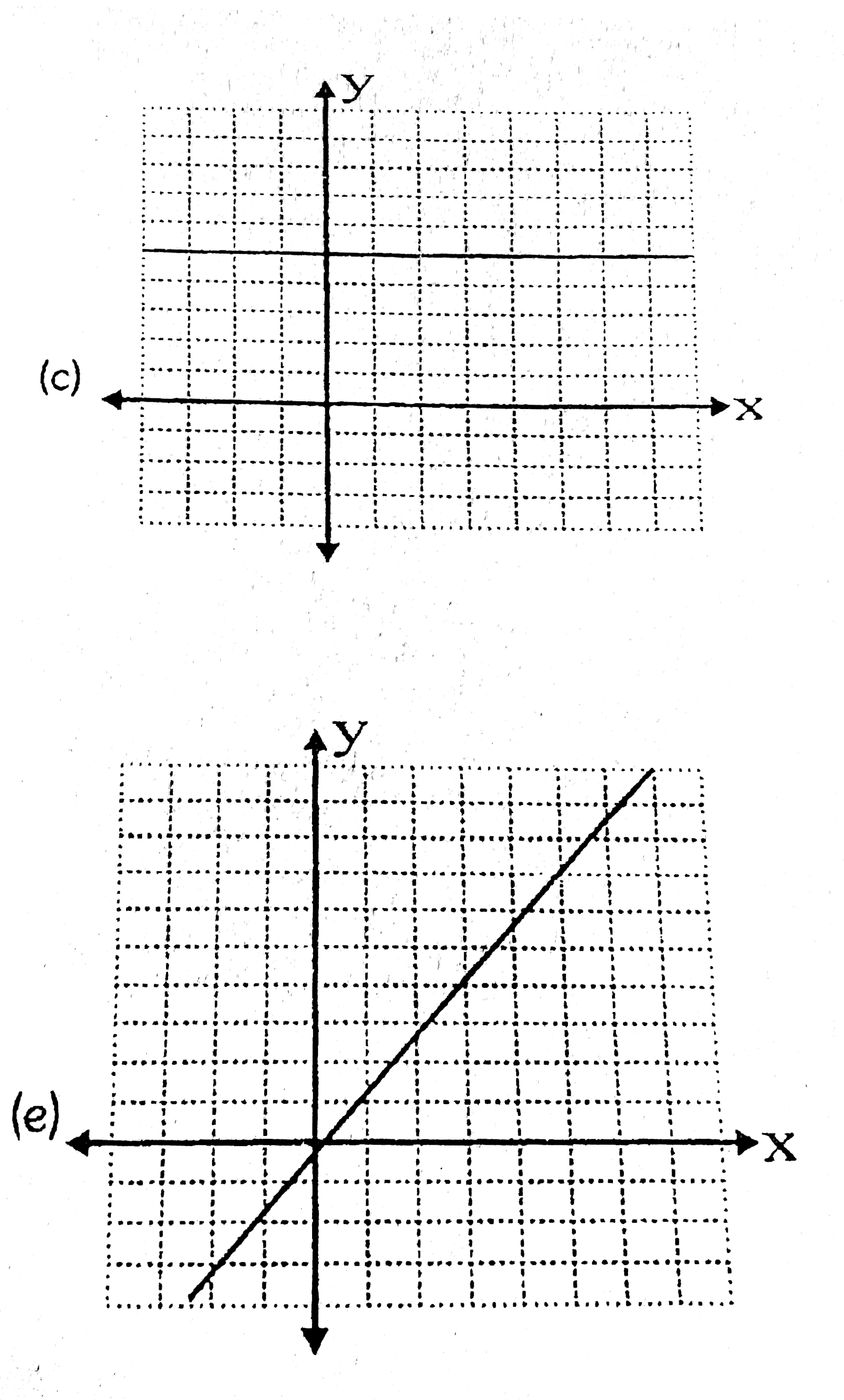The following graph shows the species area relationship. Answers the Questions as directed.
(a) Name the naturalist who studied the kind of relationship shown in the graph.
Write the observations made by him.
(b) Write the situations as discovered by the ecologists when the value of 'Z' (slope of the line) lies between
(i) 0.1 and 0.2, (ii) 0.6 and 1.2
What does 'Z' stand for ?
(c ) When would the slope of the line 'b' become steeper ?

(a) Alexander Von Humboldt : He observed that within the region species richness increased with increasing explored area but only upto a limit.
(b) i-The slope of regression lines is similar, unaffected by the region or taxa and value of Z lies between 0.1-0.2.
(ii) The slope of regression is steeper when we analyse the species area relationship among very large areas like entire continent. (slope of the line) regression co-efficient between 0.6-1.2. Z-slope of line (regression coefficent).
(c) If species richness is more, the slope of the will become steeper Z values 0.6-1.2 for large areas with rich species diversity, such us mammals in the tropical forests.
Topper's Solved these Questions
- XII BOARDSBOOK - XII BOARD PREVIOUS YEAR PAPER ENGLISHCHAPTER - XII BOARDSEXERCISE - SET - I SECTION D
8 Videos
- XII BOARDSBOOK - XII BOARD PREVIOUS YEAR PAPER ENGLISHCHAPTER - XII BOARDSEXERCISE - DELHI BOARD 2016
1 Videos
- XII BOARDSBOOK - XII BOARD PREVIOUS YEAR PAPER ENGLISHCHAPTER - XII BOARDSEXERCISE - C.B.S.E. CLASS- XII
99 Videos
- SAMPLE PAPER 2019BOOK - XII BOARD PREVIOUS YEAR PAPER ENGLISHCHAPTER - SAMPLE PAPER 2019EXERCISE - Section E Part B
3 Videos
Similar Questions
The above graph show Species-Area relationship. Write the equation of the curve a and explain.

View SolutionIn the equation of species-area relationship, the letter 'C' and 'Z' represent
View SolutionWrite equations for the straight lines shown in the following graphs.




View SolutionDefine species-area relationship. What is the significance of the slope of regression ? Show with the help of a graph .
View SolutionThe relationship between the two organsims when grown individually (Secton P) and grown together (Section Q) is shown in the graph. The relationship is most likely to be

View SolutionFind the value of k for which the point (1, −2) lies on the graph of the linear equation x−2y+k=0
View SolutionWhat is the significance of the slope of regression in a species − area relationship?
View SolutionWrite down the slopes of the following lines:
−6y−11x=0
View SolutionIf z lies on the circle I z l = 1, then 2/z lies on
View SolutionWrite down the slopes of the following lines:
2x+3y+1=0
View Solution
